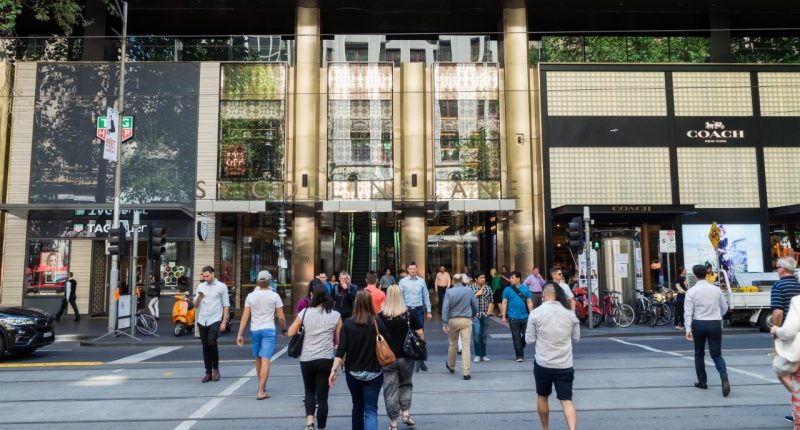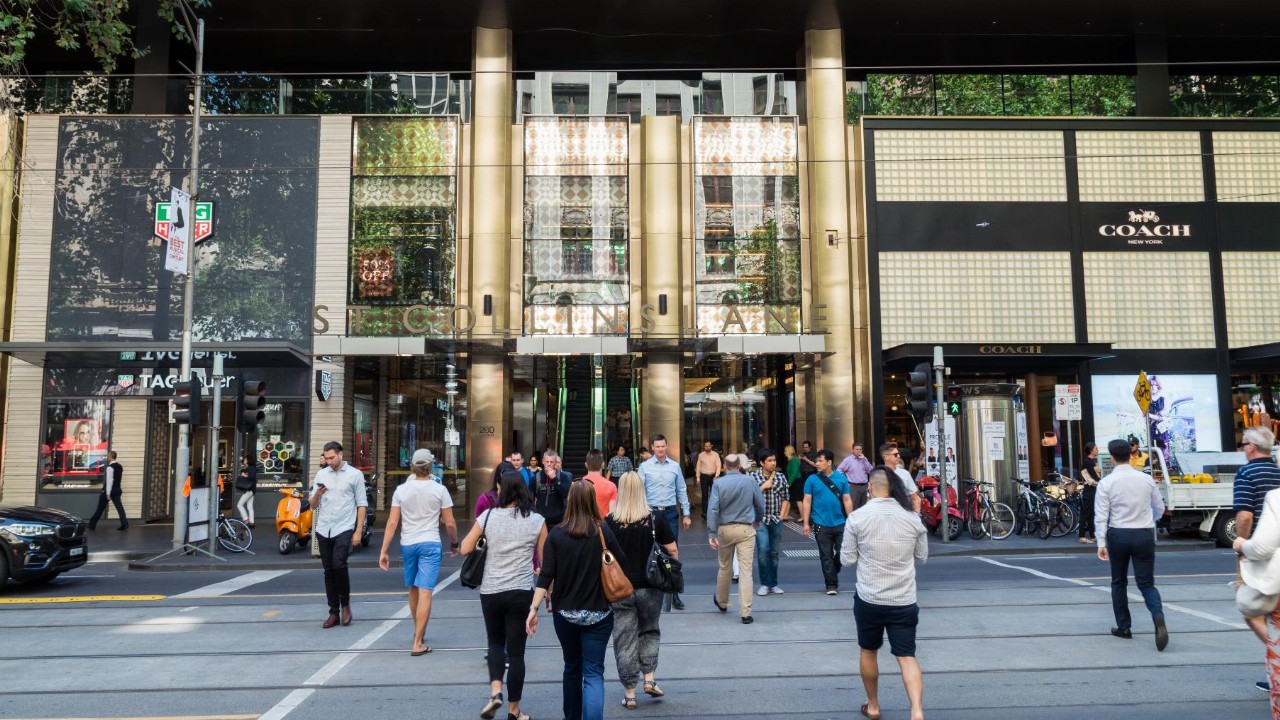- Australia’s economy is now officially stronger than it was before the COVID-19 pandemic struck last year, according to the latest stats from the Australian Bureau of Statistics (ABS)
- Gross domestic product (GDP) grew 1.8 per cent over the March 2021 quarter, with Australia’s economy rising 1.1 per cent over the past year
- This means the Australian economy is faring better than it was even before the Black Summer bushfires of 2019 — 0.8 per cent higher than its previous peak
- Private investment helped drive the growth, helped along by a surge in building approvals as Australians make use of the government HomeBuilder scheme
- Household spending grew 1.2 per cent, driven by spending on services as COVID-19 restrictions have continued to ease across Australia
- Importantly, economic growth occurred no only on an aggregate basis but per-capita as well, meaning the average Australian is better of now than before the pandemic
Australia’s economy is now officially stronger than it was before the COVID-19 pandemic struck last year, according to the latest stats from the Australian Bureau of Statistics (ABS).
With gross domestic product (GDP) exceeding expectations and rising 1.8 per cent in the March 2021 quarter, Australia’s economy has grown 1.1 per cent through the year.
This means that not only is Australia’s economy faring better than it was before the coronavirus-induced recession, but it’s even stronger than it was before the Black Summer bushfire crisis of late-2019.
Thanks to the recent quarter of growth, Australia’s economic output is 0.8 per cent bigger than its previous peak.
This is not just in aggregate terms, but on a per-capita basis as well — meaning the average Australian is better off today than they were before the pandemic struck.
Private investment helped drive the quarterly growth, according to the ABS, rising 5.3 per cent over the March quarter. Investment into machinery and equipment recorded its strongest quarterly rise since December 2009.
Meanwhile, the surge in building approvals on the back of the government’s HomeBuilder scheme added 4.4 per cent in gross value to the construction industry — the strongest contribution to growth across all industries.
To top it off, household spending grew 1.2 per cent, driven by spending on services as COVID-19 restrictions have continued to ease across Australia. Spending on goods fell 0.5 per cent, but the ABS said this is still above pre-pandemic levels.
Maintaining growth is now the challenge
Deloitte Access Economics Partner Kristian Kolding said today’s stats show that Australia’s recovery is becoming more broad-based.
“Families are spending locally, and businesses continue to invest, making the most of record-low interest rates and tax offsets,” Kristian said.
“Meanwhile, government stimulus is becoming a much smaller driver of growth than it was last year,” he said.
He said this is underpinned by continued strength in employment, which is higher than it was before the pandemic.
The challenge, then, becomes to keep the economy propped up in the months ahead.
“Maintaining this trajectory is now the task at hand — the lockdowns in Victoria are a stark reminder that the pandemic is far from over,” Kristian said.
Deloitte senior economic Harry Murphy Cruise echoed these thoughts.
“A faster recovery doesn’t lock in a bigger economy 12 or 18 months from now,” Harry said.
“To make the most of our recovery, we need to continue encouraging families and businesses to spend through the rest of the year, target support for those that face barriers to do so and push fast-forward on the vaccine rollout.”
Australia is one of only six countries to boast an economy stronger than before the pandemic hit, according to Deloitte. Others include Chile, Romania and South Korea.
The U.K., on the other hand, is 9 per cent smaller than before COVID-19 hit, while the E.U. is 5 per cent smaller and the U.S. is one per cent smaller.







